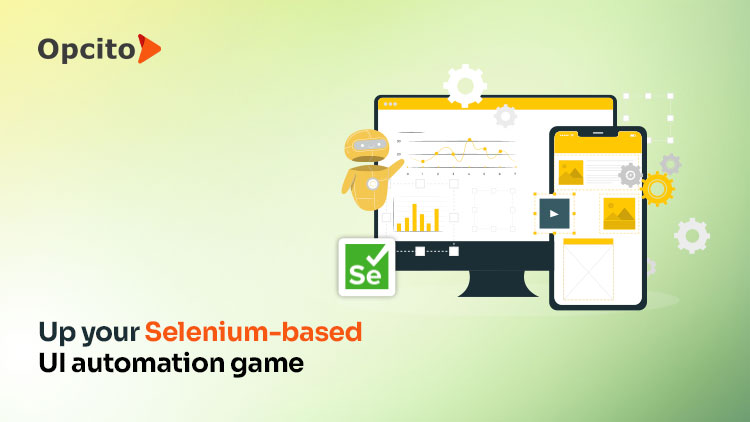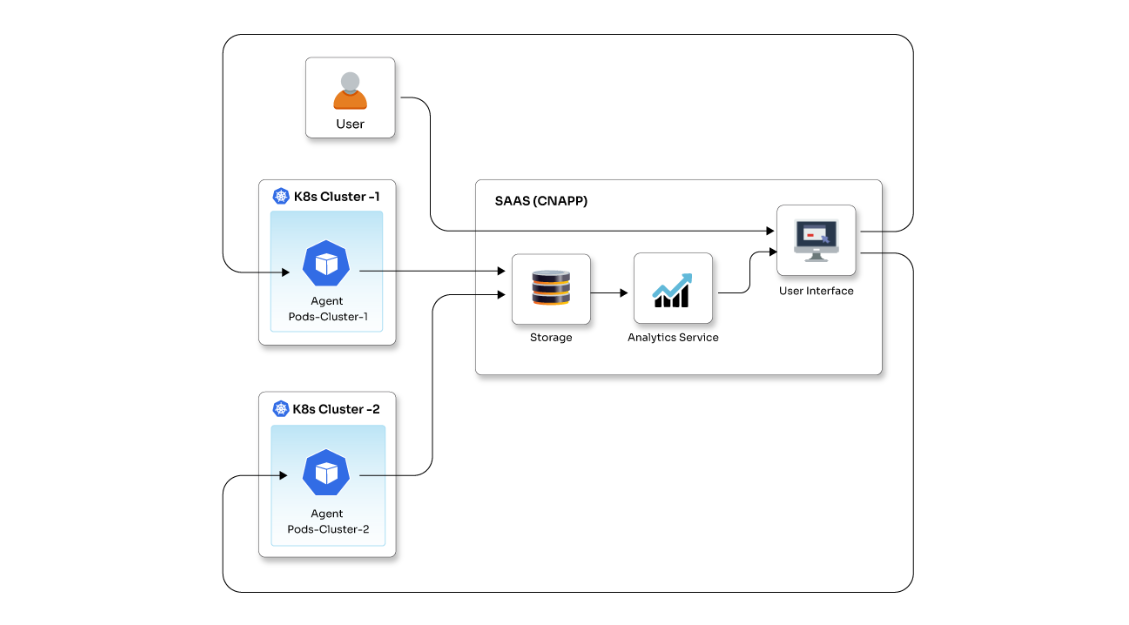Bringing Value Stream Mapping to the DevOps culture

Posted By
Chaitanya Jawale

'Value' is a strong word for organizations today. Over the years, organizations have looked at ways to improve processes and bring value to their customers. Focusing on the proper techniques, cutting waste, and reducing process cycle times were some of the basic things we all did to bring value. Toyota production systems came up with Value Stream Mapping (VSM) in the 90s with the same purpose. This was a big revolution for the manufacturing sector back then. They would halt production immediately during an automated process whenever they encountered an error. Only the necessary actions would be carried out at each process step. This would let them keep up their quality and speed in manufacturing automobiles.
Businesses fail to perform to their optimum level because they cannot identify the areas of improvement or objectively measure what is most important to them. The software industry, in particular, faces a lot of demand and competition to deliver products within less time. This keeps companies on their toes and makes them hunt for better ways to boost their performance. Adopting a value stream map (VSM) allows organizations to add value by optimizing processes, reducing waste, and pushing out products much faster.
What is a Value Stream Map (VSM)?
A value stream map or value stream mapping is a technique where organizations create a visual guide of all the steps necessary to deliver a product. VSM gained popularity in the 90s in manufacturing units. However, with the need for quality software at a faster speed, it was also adopted by the software industry. Organizations use this map to analyze each step to find ways to improve the whole process by eliminating waste of time and information flow.
VSM in software
Software development is not too different from manufacturing processes. Here also, there are various tools, platforms, flow of information, and personnel like developers, architects, and testers working on the software. When you create a value stream, you know which person maps which specialty, and accordingly, you can optimize the time and information flow. As software development needs to be free from bugs and vulnerabilities, finding the right approach and development steps with the help of VSM becomes more essential for adoption.
You need to assess and map out your current state. The process considers all the tools, processes, information, and people necessary to deliver the product. Once these elements are identified, lean principles are applied to reduce waste in specific areas of the process. VSM plays a crucial role in IT organizations. Since the DevOps process already focuses on faster, better product delivery, VSM is a boon to organizations adopting the DevOps philosophy. VSM & lean practices set ground rules of how work should be moved between teams while creating tangible incident reports. It helps organizations uplift the DevOps process by aiding the accurate deployment and management of workflows.
Optimizing your value stream
Optimization in VSM is basically identifying areas of improvement and working on them. It involves three Japanese principles of Muri, Muda, and Mura. These are three Japanese words that have a special meaning within VSM.
- Muri: Muri means unreasonable in Japanese. Very often, one person/resource/tool/platform is overburdened. It manually works on or oversees multiple tasks, often leading to them overseeing what is beyond their capacity. The goal is to alleviate muri by discussing and finding a logical way to carry out that task.
- Mura: Mura means lack of uniformity. You are responsible for identifying Mura's in your processes and leveraging them by implementing them in pull systems. Agile practices and CI/CD pipelines are classic examples of Mura.
- Muda: Muda is the Japanese word for useless. If no value-add comes from an activity or a process, it leads to added costs and increases waste. The eight waste areas identified are defects, transportation, overproduction, inventory, waiting, motion, unused talent, and extra processing. Apply these areas to your development processes to identify the least valuable resources/processes and eliminate them.
Leveraging Value Stream Mapping in the DevOps culture
In a DevOps environment, Lean methodologies and VSM are tailored to move work between teams and create tangible incident reports and deliverables. A value stream is a visual representation that aids businesses and IT teams in building & deploying workflows and managing them with excellent visibility. It identifies improvement areas from idea to production by visualizing areas that add to the time and information consumption, the wasteful areas, and the value-adding areas. DevOps teams use VSM diagrams with the help of critical metrics to understand the areas of continuous improvement. It helps expose inefficiencies in the process, including rework and feedback loops. Once you display every vital workflow step and evaluate how to derive value from it, you can analyze every part of the process, including wait time, with the help of precise insights and make the necessary adjustments for improvement. It helps in faster development and takes an item to a completed state from an unstarted one with high efficiency by identifying bottlenecks and working on it to perform optimally.
VSM is extremely good at exposing pain points in the DevOps CI/CD process and creates more traceability & visibility throughout the entire process cycle. It has fostered an influential continuous improvement culture in software engineering & operations and adds value to cross-functional teams by helping them identify more automation opportunities. Stakeholders can receive feedback quickly and act much faster. The map makes all stakeholders aware of the processes and analysis outcomes as it is a great tool to facilitate communication and understanding with the help of visuals.
Why must you use VSM in DevOps
Everyone involved in a DevOps culture is responsible for continuous improvement and continuous delivery of the software. It is a cross-functional, ongoing, and continuous approach rooted in lean and agile principles. Value streams fuel organizations to track and measure the critical aspects that help add value to DevOps processes.
Here’s why you must use VSM in your DevOps teams.
- Identify pain points and bottlenecks
- Manage defects, bugs, and errors
- Create traceability and visibility throughout the DevOps cycle
- Eliminate wasteful and redundant processes
- Boost cross-functional collaboration
- Reveal areas for automation
- Fuel swift, integrated feedback
- Provide process and context clarity with visuals and data
- Emphasize KPIs and resultsOps
Here are the crucial steps you need to carry out for a successful value stream mapping in DevOps:
- Choose the service or product and begin with the highest / most crucial value proposition.
- Create a visual diagram. Any VSM begins with an elaborate visual design of the entire process.
- Define the start and end event triggers.
- Identify the quality factors and timings for every step.
- Include the information flow. In VSM, information moves from right to left.
- Fill in the remaining processes.
- Gather detailed process information. Specify who is involved in the process and specify the tools they use.
- Build your timeline by mapping the current metrics on each process. The three standard metrics used in VSM are
- Lead Time: Time taken from initiation to completion
- Process Time: Time taken to handle a request
- Percent Complete & Accurate: percentage occurrence of whether the completed output was correct, based on the process customer’s requirements
- Understand the gaps, identify bottlenecks, and spot improvement opportunities.
- Set a priority on every improvement area.
- Implement the improvement suggestions.
VSM can be implemented practically in your business functions and development process; it has eliminated many challenges organizations and teams face over the years. At Opcito, we have been doing some interesting stuff around VSM, wherein we map our resources against the projects we delivered. The results we see are positive. We also assist our clients in adopting VSM and enable them to benefit from value stream mapping. It fuels continuous improvement, mainly where the CI/CD model is applied in the software industry. Improved team culture is achieved, and this helps teams perform optimally. To understand more about how you can utilize VSM in your organization, feel free to reach us at contact@opcito.com.
Related Blogs




















